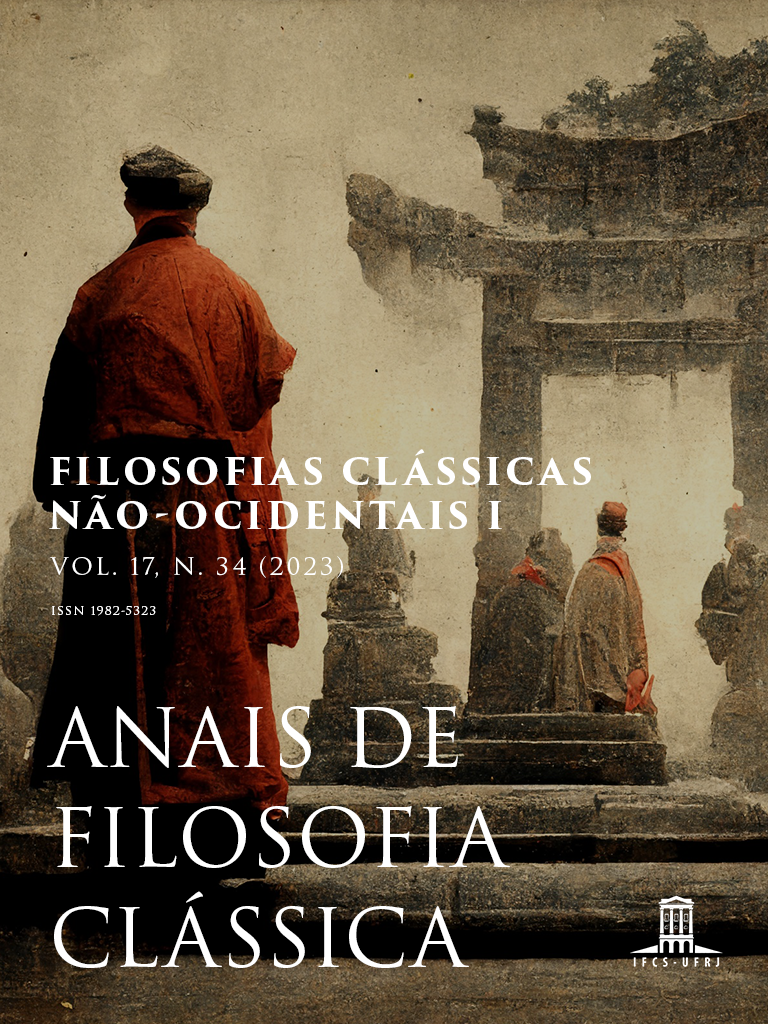Mononoke Aesthetics in the Lights of Laozi and Peirce
DOI:
https://doi.org/10.47661/afcl.v17i34.66536Parole chiave:
Digital Age, Mononoke, Yōkai, Exorcism, Japanese Animation, Laozi, Peirce, Logic, Ethics, AestheticsAbstract
In the digital age, redefining and aesthetically appraising the spiritual substance of non-human entities is crucial, as traditional folklore’s immaterial beings like spirits and ghosts are not fully integrated into digital information products. The enduring popularity of ghost monsters in global media culture, especially Japan’s mononoke or yōkai, necessitates rethinking their immaterial presence alongside advancements in human technology and AI. A notable case is the TV series Mononoke (2006–2007) directed by Kenji Nakamura, which has spawned adaptations across various media in Japan, including recent films (2024, 2025, etc.). The series highlights its media-cultural and philosophical significance. This article explores the philosophical underpinnings of the series, focusing on the exorcism process by the protagonist, a ‘medicine seller’, through three keywords: ‘form’ (katachi), ‘truth’ (makoto), and ‘reason’ (kotowari). By examining these elements, the article links the mononoke’s immaterial nature to two philosophical traditions, specifically, historical Daoism and modern pragmatism. The first analysis draws on Laozi’s concept of ‘container’ (qi). Secondly, deploying the pragmatist Peirce’s three normative steps of logic, ethics, and aesthetics, we argue that the mononoke’s immateriality and their haunting of humans are rooted in an elaborately aesthetic interplay of form, truth, and reason.
Downloads
Pubblicato
Versioni
- 2024-12-31 (2)
- 2024-12-31 (1)
Fascicolo
Sezione
Licenza
Copyright (c) 2024 Anais de Filosofia Clássica

Questo lavoro è fornito con la licenza Creative Commons Attribuzione - Non commerciale - Condividi allo stesso modo 4.0 Internazionale.


